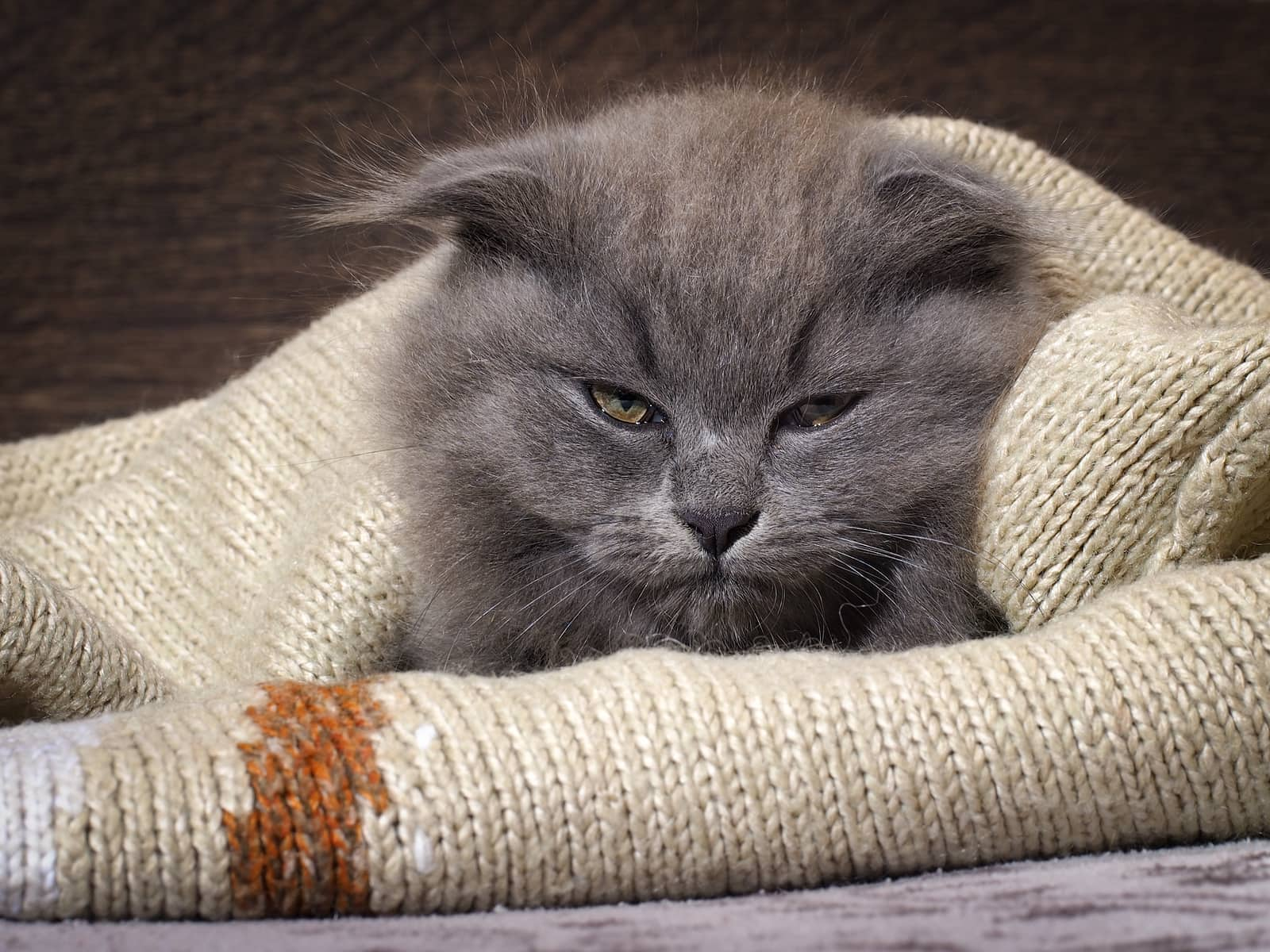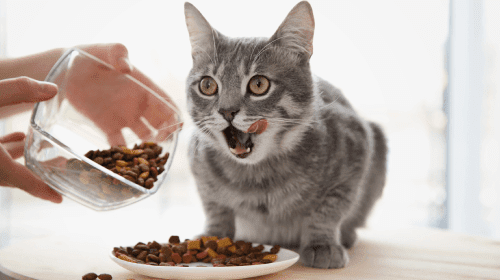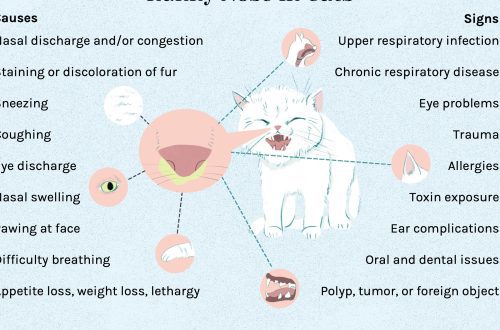
What do cats hate the most?
Cat owners often think about how to make the life of their pets comfortable and happy, but they should also think about what their furry beauties hate. What do cats dislike the most, what annoys them? It turns out a lot.
Cats, like people, are subject to fears and anxieties, and neither of these is good for them.
Contents
1. Vacuum cleaners
Why are cats afraid of vacuum cleaners? Animals don’t like loud noise, but when the hum comes from a bulky car in close proximity, it’s even worse. The cat may exhibit panic behavior such as running and hiding. Unfortunately, it is impossible to stop vacuuming at home, but you can be tactful about the feelings of your pet during cleaning. For example, do not wear nozzles next to her and under no circumstances use a vacuum cleaner to clean her pet’s hair – this will scare her very much. It is better to close her in a room where cleaning will not be done, or provide her with a closed dark place in which she would feel comfortable, even if the cat is afraid of a robot vacuum cleaner, not a large vertical one.
2. Noise
In addition to the vacuum cleaner, other sound frequencies annoy cats. “Excessive or too loud noise can create what’s called acoustic stress, to which felines are especially sensitive because they can hear very high tones of sound,” notes Vetstreet. A cat can hear sounds “about 1,6 octaves higher than a human and an octave higher than a dog.” Loud TVs, video games, stereos, and phones all contribute to noise pollution, which can cause an animal to hide in a cramped, dark area. Unfortunately, this cannot always be avoided, especially if you drop something with a deafening roar. If the cat is especially susceptible to loud noises, and a noisy party with a large number of guests is planned at home, you need to organize a quiet place for her in the house where she can hide.

3. Travel by car
It only takes one stressful trip to the veterinarian to realize just how much a furry friend hates being in a car. Such trips are accompanied by meowing, hissing and general restlessness. While your cat will have to endure occasional car rides, such as to and from the veterinarian, you shouldn’t take her for a ride without a reason. A cat’s home is its world, and it’s good enough for a cat to just stay there, especially if she can explore the outside world from the safety of a high window sill or watch the birds through the patio door. If you still need to take the cat somewhere, you can try wrapping it in a towel or blanket before putting it in the carrier, and covering it so that it is dark inside. Then you should make sure that the carrier is securely fixed in the car. Avoiding unnecessary stimuli will help ease her tension.
4. Collars with a bell
These seemingly harmless tiny bells attached to collars can actually drive cats and their owners crazy. At first, such devices may seem like a great idea, because they are so cute and let you know when a pet is approaching. And what about a cat? She can’t stand that bell. These collars, which were originally conceived to prevent the cat from preying on wildlife, can tire the cat due to the level of frequency of the sound, as well as the fact that the source of the sound is right next to the ears. Many animals manage to walk or run without ringing the bell, or simply pluck it with their teeth, creating a choking hazard. It is best if the cat wears a regular collar.
5. Sticky surfaces and objects stuck to the paws
This can be a great way to keep your cat from jumping up on certain surfaces, such as countertops or furniture. The feeling of sticky paws tends to irritate the cat. Paws and claws are important to her when exploring her environment. They help her feel the world and explore it by touch, and if something interferes with this, the cat will not like it. If the cat is picking its paws or pacing strangely, something is most likely disrupting its normal contact with the environment.
6. Obsessive caresses
Why does a cat not like affection? While some cats may act aloof, most love to have their tummy or head scratched.
But don’t be too aggressive with your pet. She will make it clear how much she dislikes it. The American Society for the Prevention of Cruelty to Animals even claims the concept of petting aggression, which occurs when “a cat suddenly becomes annoyed at being stroked; then she bites hard or lightly on the person who strokes her, jumps up and runs away. You need to be attentive to your pet and stop tenderness if she hints at it.
Owners want to know what their pets like, but it’s equally important to understand what they don’t like. A little time and friendly care will help you understand what exactly irritates your fluffy beauty, and this will certainly contribute to her rapprochement with the owner.





